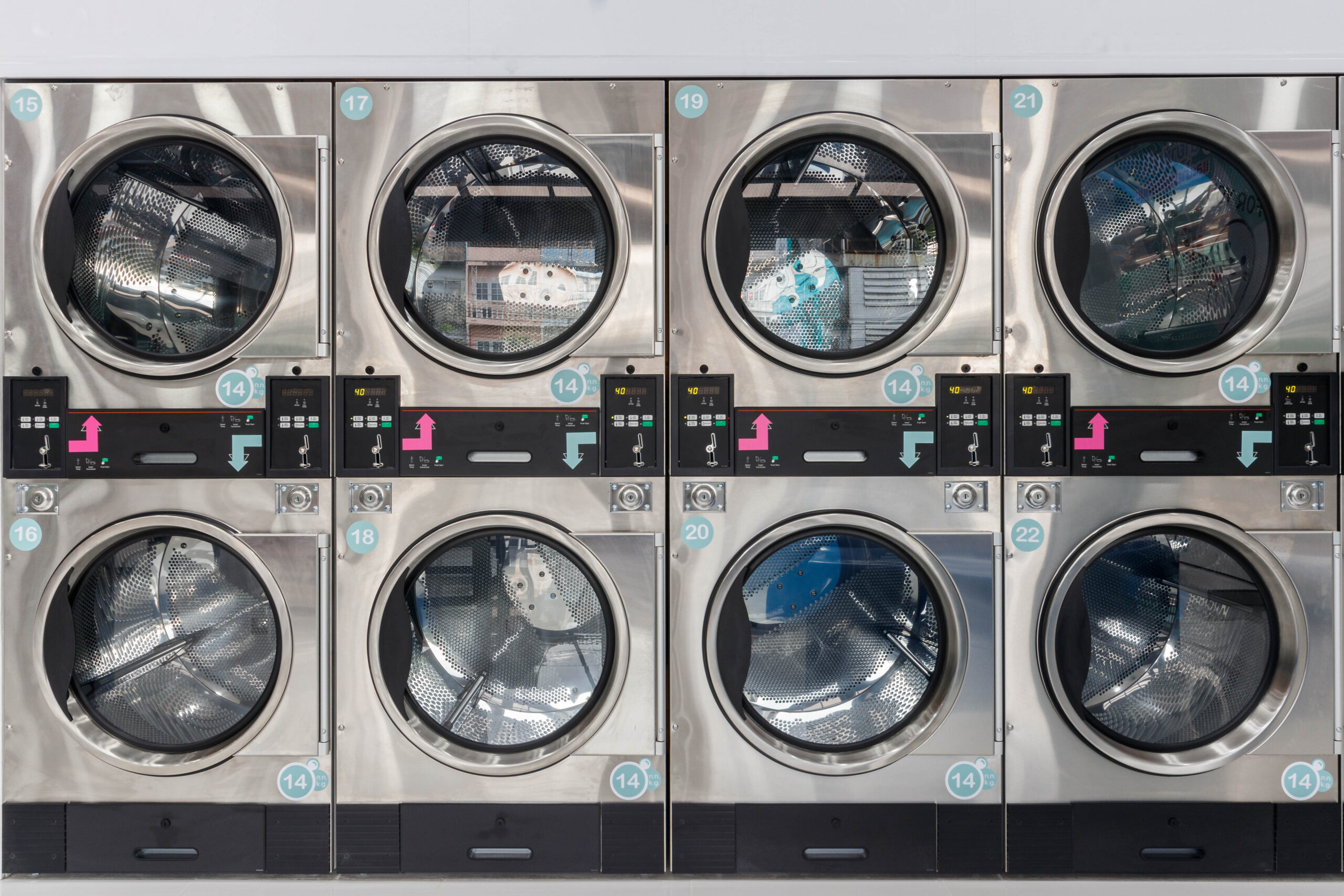Laundromats are widely considered one of the most stable and recession-resistant small businesses in the U.S. Annual income can vary based on location, business model, and operational efficiency—but a well-run laundromat can generate a healthy return with minimal staffing. Understanding the average earnings and profit potential is key for anyone looking to start or invest in a laundry business.
Typical Annual Revenue for Laundromats
The average self-service laundromat in the United States generates between $15,000 and $30,000 per month in gross revenue. That translates to annual earnings of $180,000 to $360,000 depending on store size, machine count, hours of operation, and demand. Full-service models that include wash-and-fold, delivery, or commercial contracts can push those numbers significantly higher.
- Single-location laundromats often make $200K–$300K per year in gross revenue
- High-volume stores in dense urban areas can reach $500K+ annually
- Smaller or rural locations may generate under $150K per year
- Offering drop-off, pick-up, or commercial laundry increases total earnings
- Monthly revenue tends to fluctuate with seasonality and promotions
Profit Margins in the Laundry Industry
Laundromats typically operate with profit margins ranging from 20% to 35% once utilities, rent, equipment financing, and maintenance are factored in. With few employees and limited inventory costs, they remain one of the more profitable cash-flow businesses for the time invested. Profitability improves significantly with modern software, energy-efficient machines, and remote management tools.
- Net income after expenses is commonly $40K–$100K for a single location
- Efficient owners with upgraded equipment can exceed $150K annually
- Labor-light model means fewer payroll and HR costs
- Energy-efficient washers and dryers reduce long-term operating costs
- Smart POS and machine tracking software reduce losses and downtime
Key Factors That Influence Laundromat Income
Laundromat income depends on multiple variables, from geographic location to pricing strategy and customer demographics. High-traffic areas near apartment complexes, colleges, or transit hubs typically perform better. Technology adoption, payment flexibility, and store cleanliness also impact how much money a laundromat can generate each year.
- Store size and number of machines
- Neighborhood demographics and local demand
- Competition and pricing in the area
- Business hours and whether the store is staffed
- Availability of modern payment systems (card, app, mobile wallet)
Ways to Increase Laundromat Revenue
Owners looking to boost annual income have several paths: adding services, optimizing operations, or expanding customer reach. Many high-performing laundromats now offer delivery or wash-and-fold, which command higher prices and create customer loyalty. Software like The Laundry Boss helps track usage patterns and optimize pricing or machine efficiency.
- Add high-margin services like wash-dry-fold and pickup/delivery
- Offer commercial laundry to hotels, salons, or medical offices
- Use loyalty programs to increase repeat visits
- Adjust pricing based on demand and cycle time
- Install app-based systems to attract mobile-first customers
Conclusion
A laundromat can be a profitable, semi-passive business that generates $200K–$500K in revenue annually depending on size, service offerings, and location. With proper planning, modern equipment, and smart management tools, owners can achieve strong returns with relatively low labor requirements. Those who expand services or optimize operations may significantly outperform industry averages.
- Average U.S. laundromats earn $180K–$360K annually in revenue
- Profit margins typically range from 20% to 35%
- Net income often falls between $40K and $100K per year or more
- Additional services can double or triple monthly income
- Technology adoption increases efficiency and lifetime profitability








